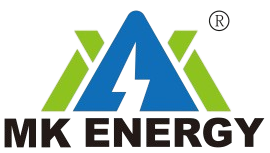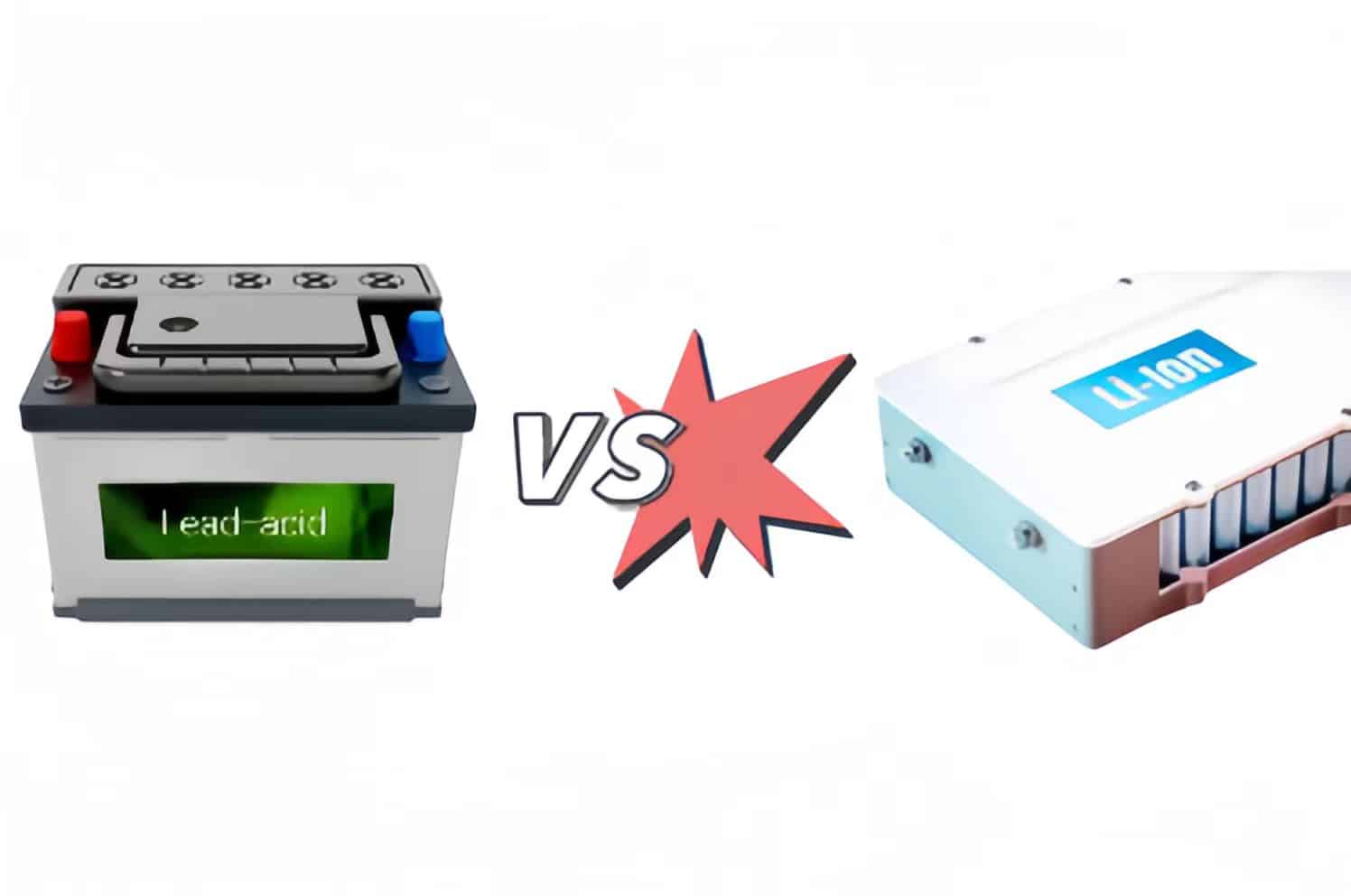Great views from RV, best travel.
What is an RV?
An RV is a vehicle that has both accommodation and transportation functions. It is mobile and has complete supporting facilities inside the RV. It has household infrastructure such as power supply and water supply system, toilet equipment, air conditioning and refrigerator, which can meet basic life needs such as dining, sleeping, bathing, leisure and entertainment.
In response to the development of RVs, the Ministry of Tourism proposed to build a new pattern of tourism space. Promote RV tourism, implement the self-driving tourism promotion plan, form a networked camp service system and a complete RV industry chain, and launch a number of RV campsites and tourist stations. This has laid policy conditions for the further development and popularization of RVs.
Global RV market layout
The global RV market is mainly distributed in the North American market and the European market. The Asia-Pacific market, mainly Japan and China, has also grown rapidly in recent years.
In terms of sales, the global RV battery market sales are expected to reach US$450 million in 2027. In terms of sales volume, in the global RV market, the United States is the largest market in the world, followed by Europe. Germany ranks first in the European RV market in a discontinuous manner. The European RV market maintains a steady growth trend from 2020 to the first half of 2022. In addition, according to data from the Japan RV Association, Japanese RV sales increased by 9% year-on-year, exceeding 63.54 billion yuan, setting a record high.
When traveling in an RV, water and electricity are essential elements of life. For most RVs, water supply is no longer a problem, but on-board power supply solutions require more thought and investment costs.

RV energy storage battery
Lead-acid battery energy storage systems are relatively mature and have been widely used in finished RVs. RV energy storage is mainly divided into lead-acid batteries and lithium batteries, of which lead-acid batteries account for 97%.
Since the first three major operators introduced lithium iron phosphate as a backup energy storage power supply on a large scale in 2015, the system has continued to mature and the cost has gradually dropped. Although the current price is still higher than that of lead-acid batteries, due to its long battery life, it has now been It can initially match the “whole life cycle use cost” of lead-acid batteries.
Lithium iron phosphate battery pack does not contain any heavy metals or rare metals and is more environmentally friendly. There is a large amount of lead in lead-acid batteries. If they are not handled properly after disposal, they can easily cause secondary pollution to the environment.
Volumetric energy density: The volumetric capacity density of lithium batteries is usually about 1.5 times that of lead-acid batteries, so with the same capacity, lithium batteries are about 30% smaller than lead-acid batteries.
Life cycle: The number of cycles of lithium iron phosphate batteries is more than 2,000 times, while the number of cycles of lead-acid batteries is usually only about 300 to 350 times. The service life of lithium batteries is 3-6 times that of lead-acid batteries.
Weight density: At present, the energy density of lithium batteries is generally 200~260wh/g, and that of lead-acid batteries is 50~70wh/g. Lithium batteries are 3 to 5 times that of lead-acid, which means that with the same capacity, lithium batteries have an absolute advantage in lightweighting energy storage devices.
In short, lithium batteries have more advantages than lead-acid batteries in energy storage applications, and as costs decrease, they will become more and more widely used in energy storage systems. According to the actual needs of the individual, it is just a matter of choice.

